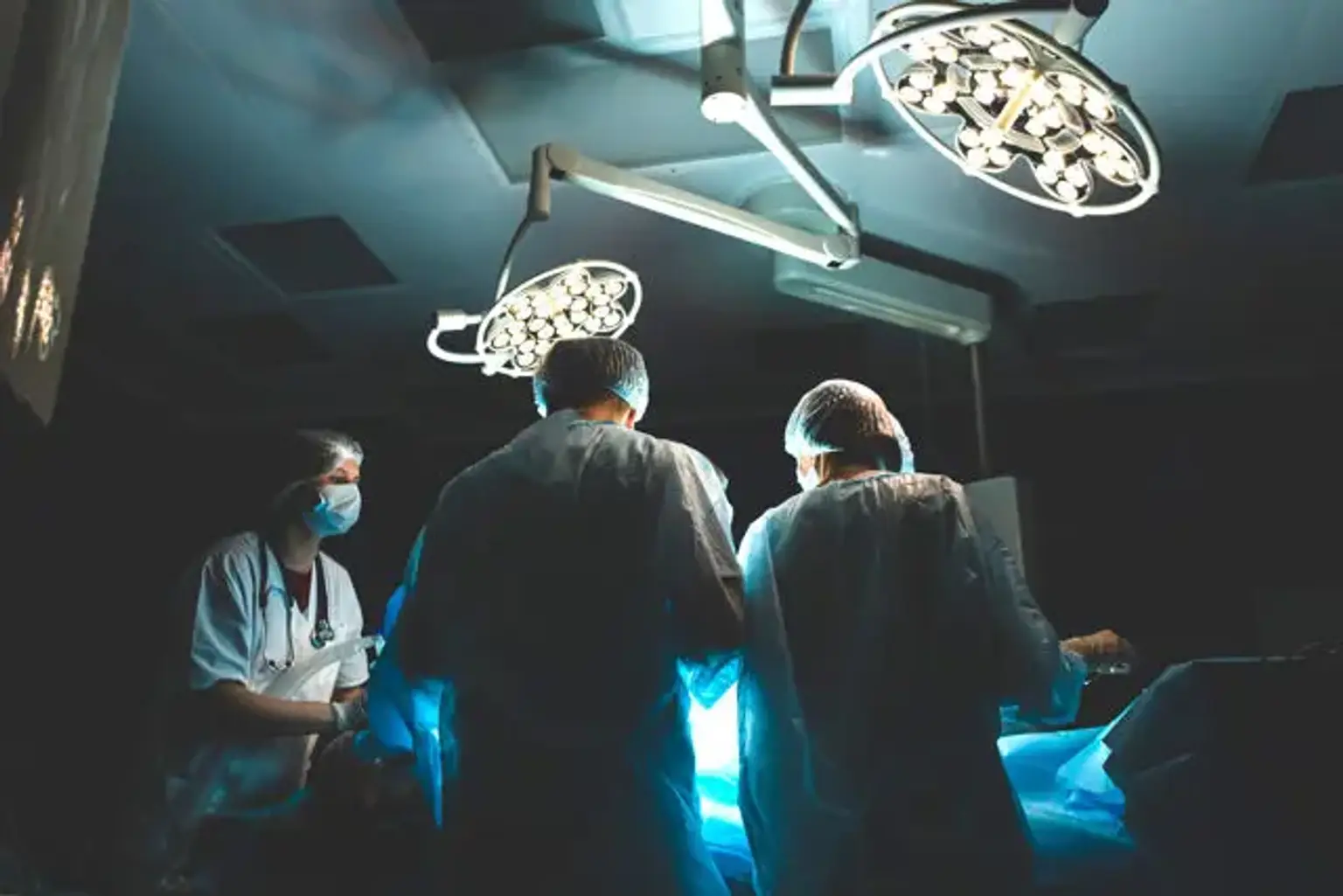Peritonectomy
Peritonectomy, also known as cytoreductive surgery (CRS) and hyperthermic intraperitoneal chemotherapy (HIPEC), has gained widespread acceptance as an effective treatment for peritoneal metastases (PM) from a variety of malignancies. However, this is a complicated treatment that is difficult to perform, and effective outcomes require a careful patient choice. The purpose of cytoreductive surgery is to completely remove all macroscopic diseases. Peritonectomy operations and en-bloc excision of the viscera are used to accomplish this. The extent to which they are used is determined by the amount of PM. Only the diseased peritoneum is removed, not the normal peritoneum.
